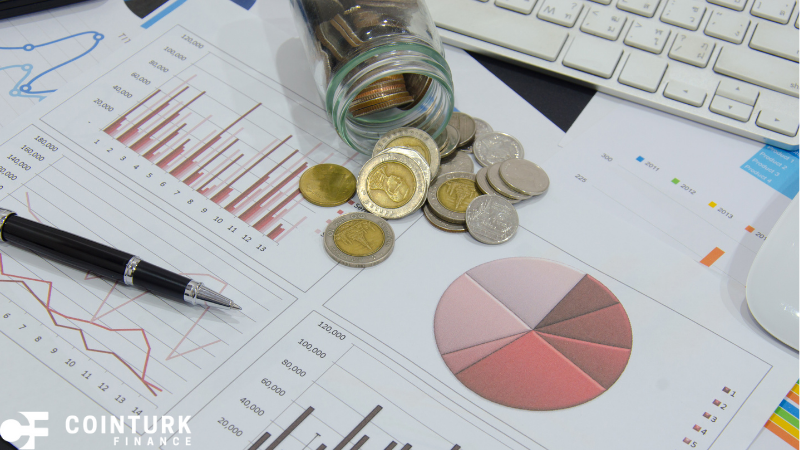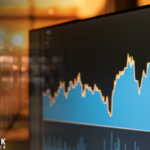New data suggests that the July Consumer Price Index (CPI) is nearing the Federal Reserve’s 2% inflation target. The information indicates a noticeable cooling of consumer prices, which rose by a modest 2.9% over the 12 months leading to July. This trend represents a significant step towards stabilizing inflation rates.
In recent months, inflation has shown signs of slowing, falling below 3% for the first time since March 2021. This positive economic signal is prompting speculation that the Federal Reserve may consider cutting interest rates in their mid-September meeting. However, ongoing concerns about high interest rates and a slowing labor market continue to cast a shadow on these developments.
Inflation and Interest Rates
“Inflation is falling, but interest rates remain high,”
noted several economists. This situation presents a unique challenge for the Federal Reserve as it balances promoting economic growth while keeping inflation in check. The interplay between these factors will likely influence future monetary policy decisions.
Looking back at data from earlier periods, inflation rates were significantly higher, leading to a series of interest rate hikes by the Federal Reserve. These past measures aimed to control rising prices but also resulted in a slower economic growth rate. The current trend of decreasing inflation suggests that previous interventions may be showing delayed efficacy, bringing the economy closer to desired inflation levels.
Labor Market Worries
“Slowing labor market could push the economy towards a hard landing,”
warned market analysts. Despite the positive inflation data, concerns about rising unemployment and reduced labor market activity persist. These factors could potentially lead to an economic slowdown, complicating the Federal Reserve’s ability to adjust interest rates without adverse effects.
In comparison to the current situation, past data reveals that periods of high inflation often coincided with robust labor markets. This contrast highlights the unique economic challenges faced today, where inflation is cooling but labor market conditions are deteriorating. The Federal Reserve’s response to these dual pressures will be critical in shaping future economic landscapes.
Investors currently face a complex environment, balancing the optimistic inflation data against the risks of a slowing economy. Some are seeking safer investment options, while others remain cautious about the broader economic uncertainties. The Federal Reserve’s upcoming decisions on interest rates will likely be a significant factor influencing market dynamics in the near term. Understanding these interconnected elements can provide valuable insights for navigating the evolving economic environment.










